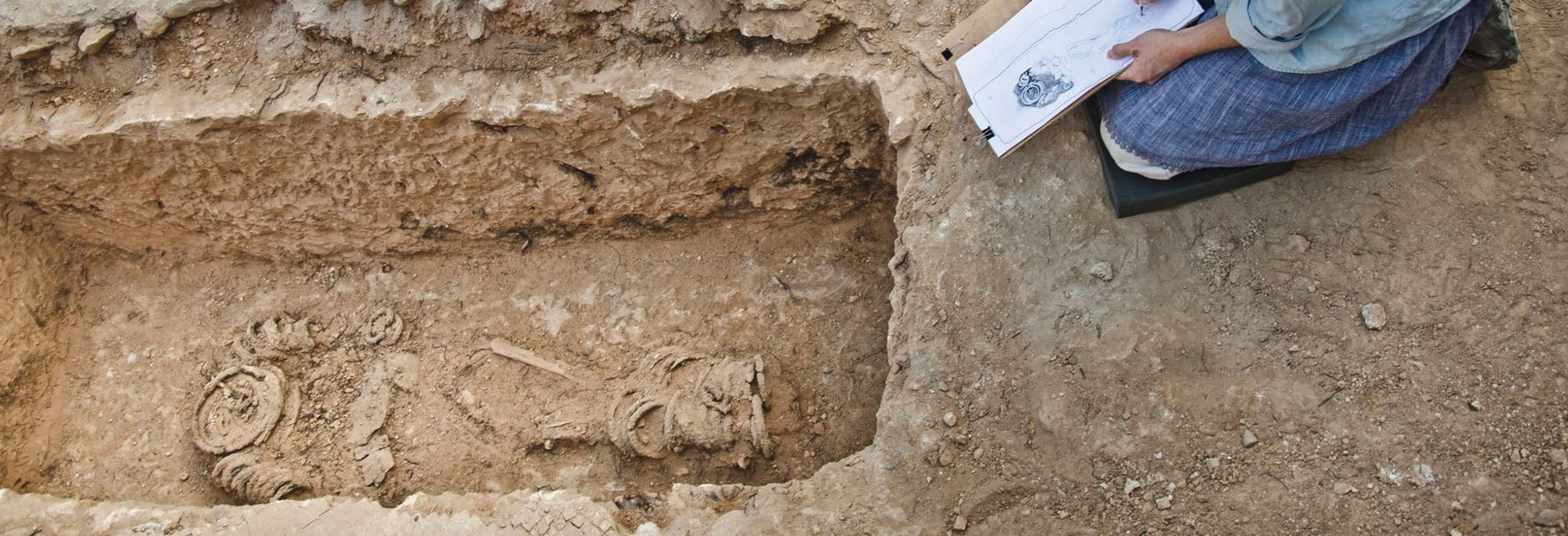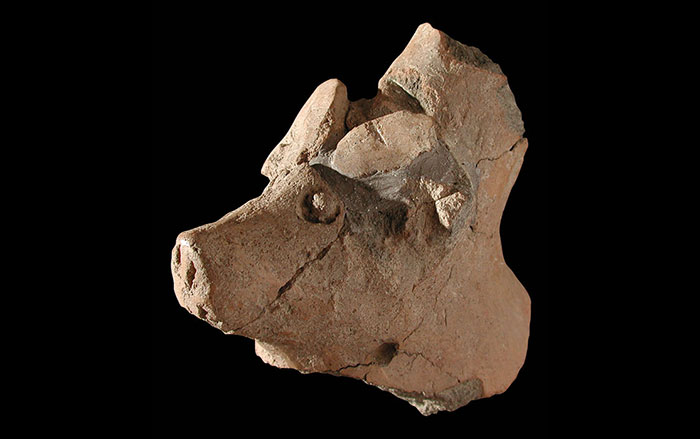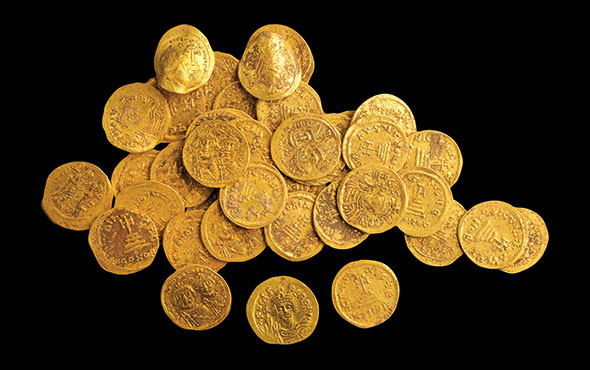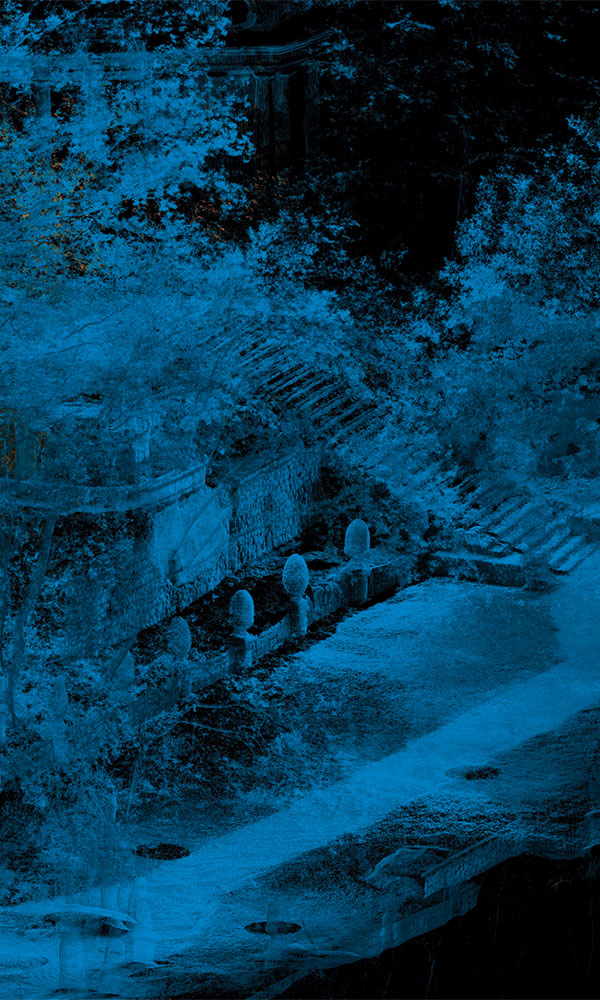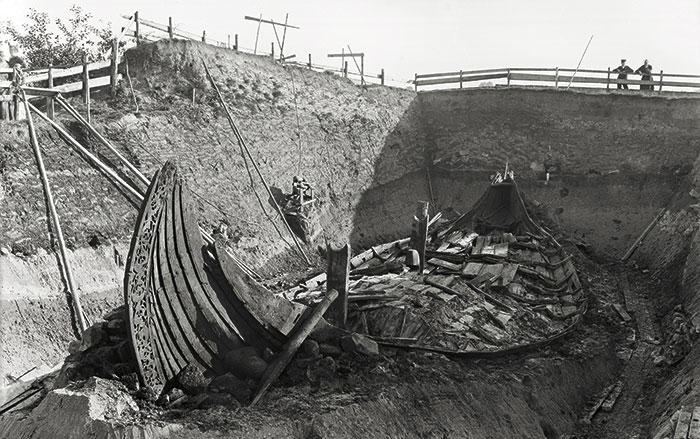During excavations of a Byzantine monastery in 2017 just north of Jerusalem’s Old City, a team led by Israel Antiquities Authority archaeologists Zubair ’Adawi and Kfir Arbiv discovered an unusual burial in a crypt beneath the altar of the complex’s church. The rock-cut tomb contained the remains of a person whose limbs had been bound with iron rings. Some dozen rings were wrapped around each of the individual’s arms, 10 on each leg, and four around the neck. Attached to the rings were iron plates that lay on the deceased’s stomach. This form of punishment was self-inflicted and was a common practice among Christian ascetic monks, who believed bodily affliction could allow them to attain a higher degree of spirituality. “From Byzantine written sources, we know that this phenomenon started in Syria and then expanded north to Anatolia, west to Greece and Italy, and also reached England and France,” says ’Adawi. However, only two other burials of chained monks have been uncovered in excavations—one in Egypt and another near a different monastery in Jerusalem.
Because the deceased’s bones were so poorly preserved, a single tooth turned out to be the only way to determine the individual’s sex. A team from the Weizmann Institute of Science led by archaeological scientist Paula Kotli employed amelogenin peptide analysis, a method that involves studying proteins extracted from tooth enamel that can indicate a person’s sex. They discovered that the chained individual was in fact a woman. She was between the ages of about 30 and 60 and was buried in the fifth century a.d. While historical records primarily cite cases of ring binding among religious men, this nun is one of several women known to have wrapped themselves in chains. In his Religious History, which relates biographies of ascetic monks, the fifth-century a.d. theologian Theodoret of Cyrrhus includes two holy women, Marana and Cyra, who donned heavy iron rings and chains as part of their devotion to a life of extreme self-abnegation.



